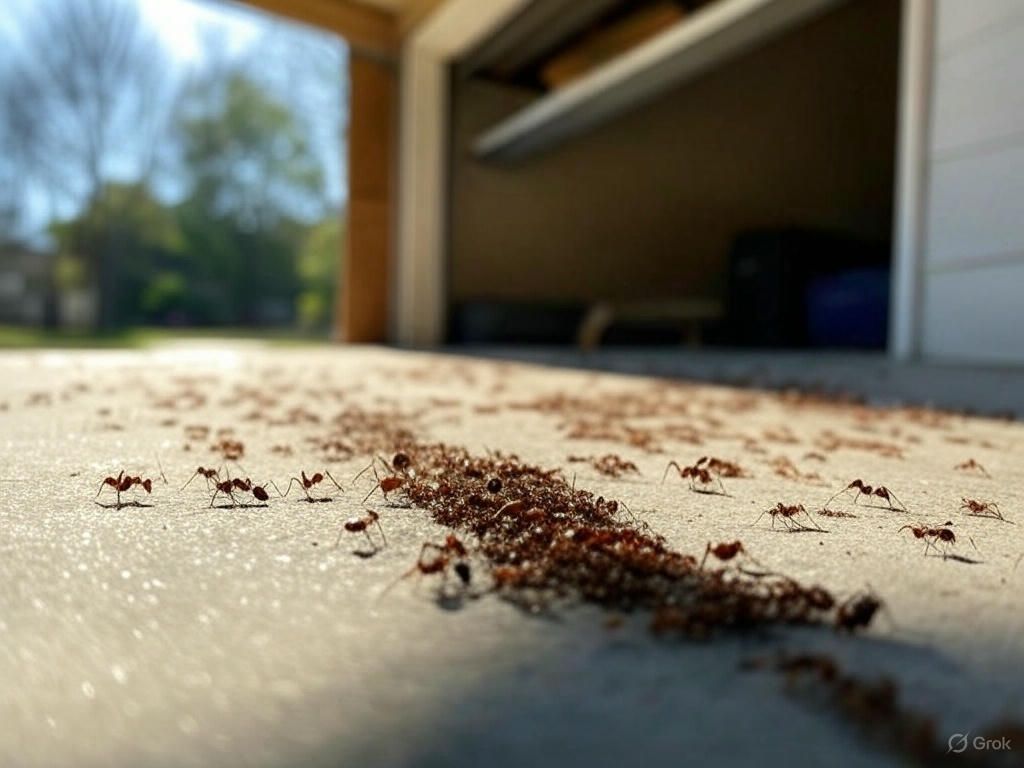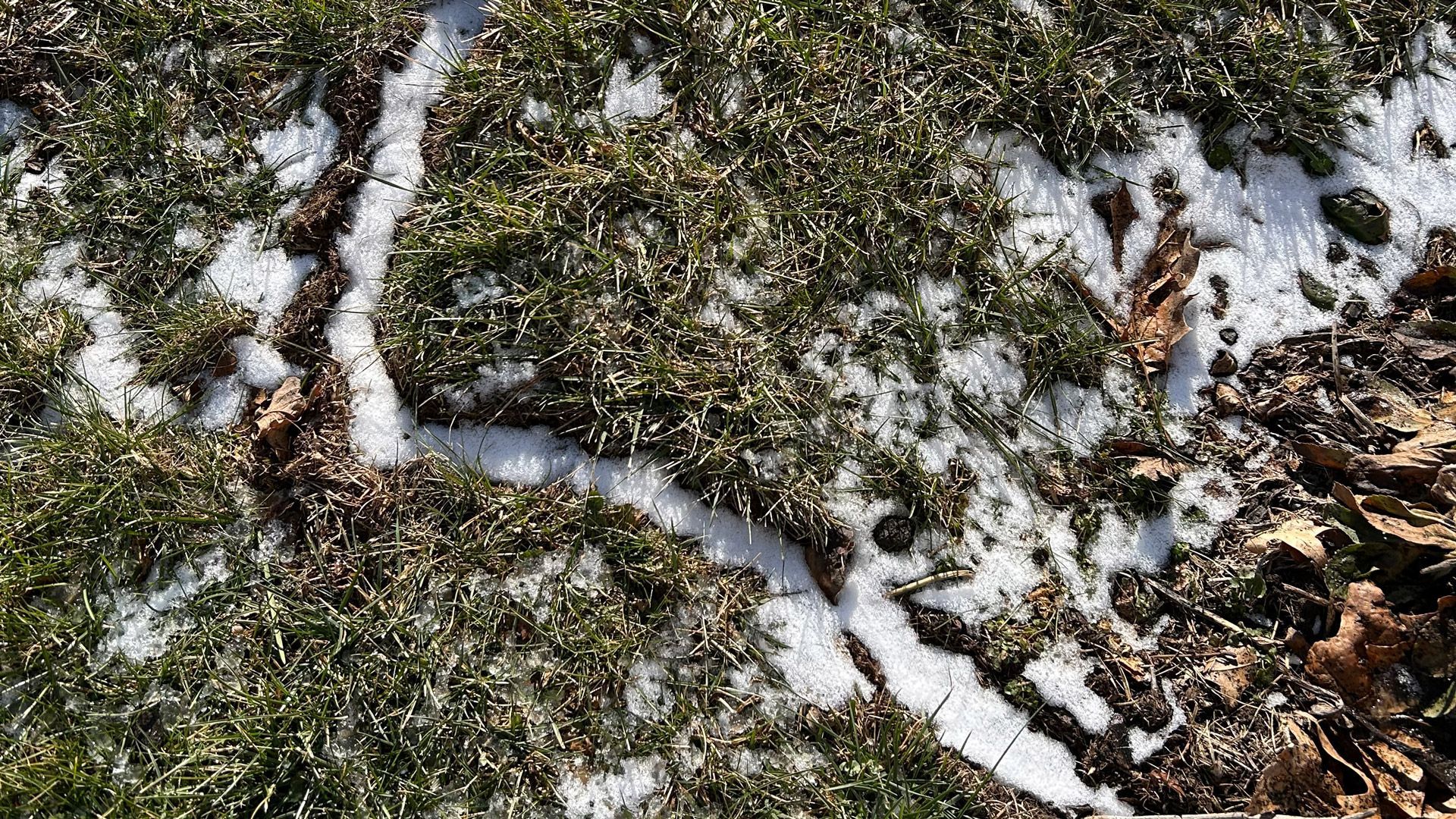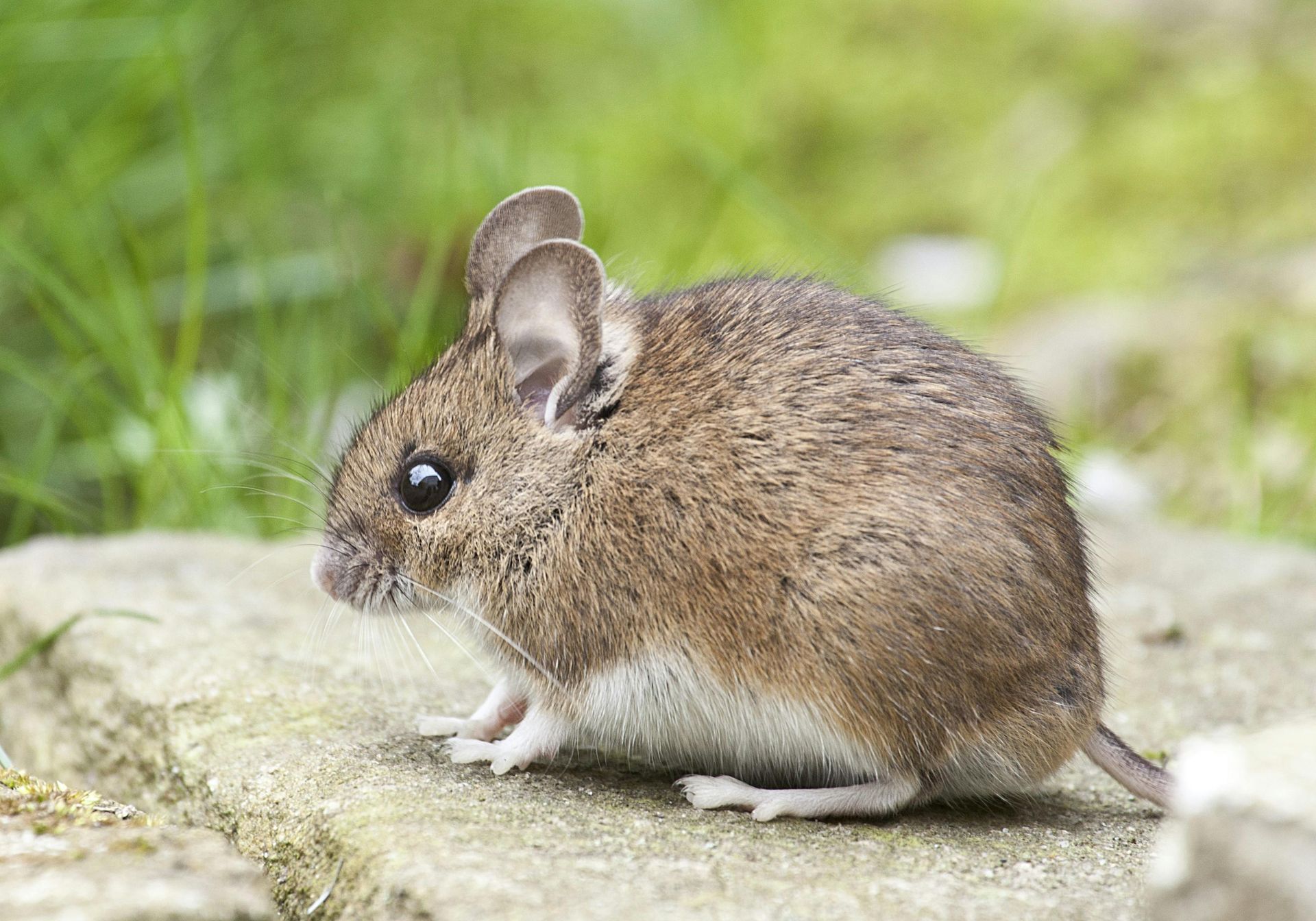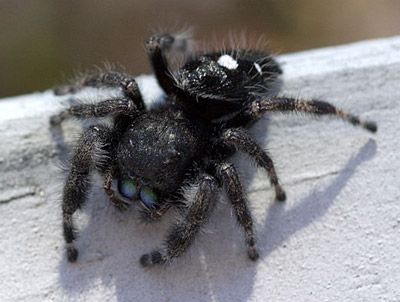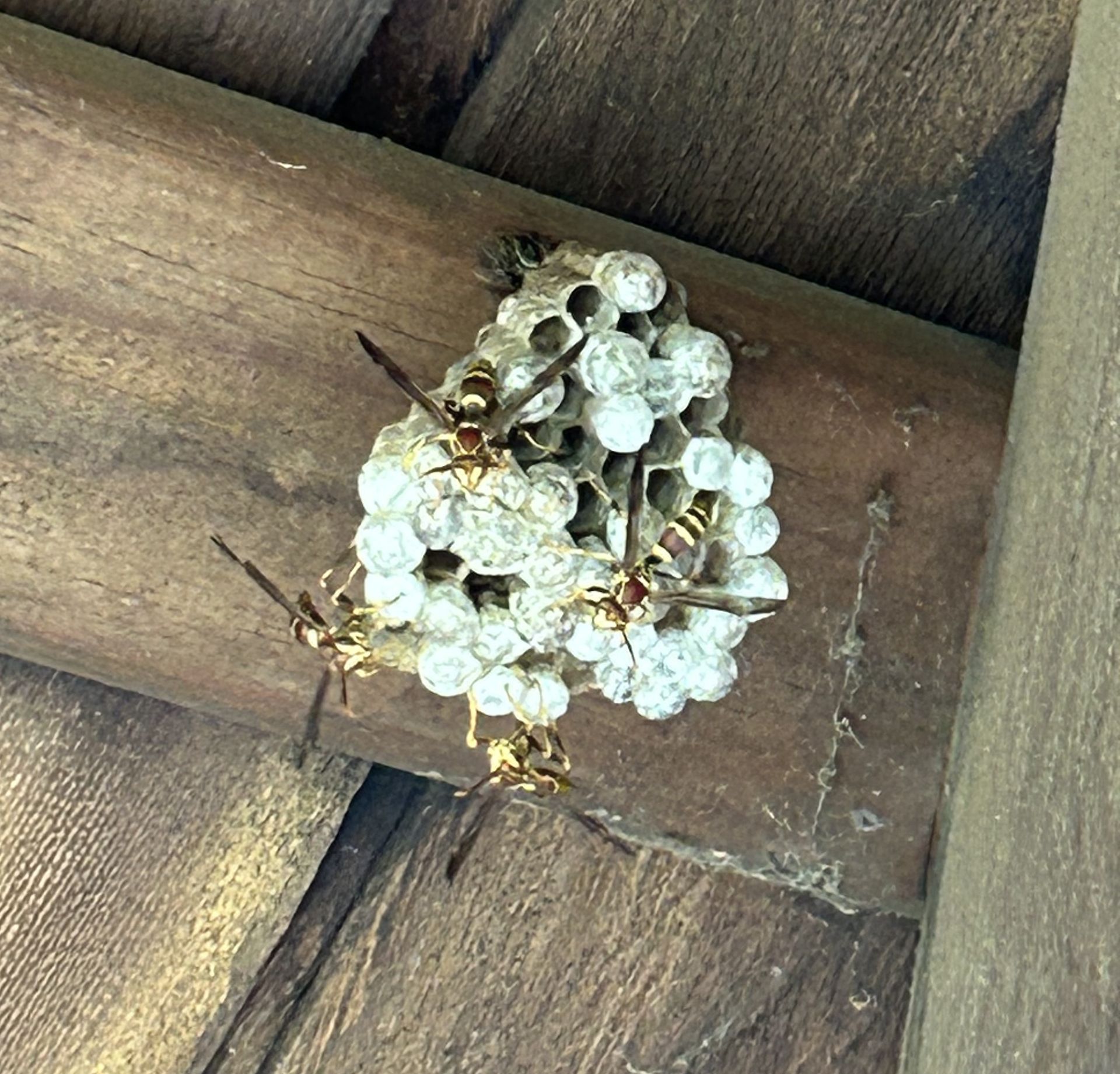Serving Lancaster County PA and the Surrounding Area
How To Tell If You Have a Mole or Vole Problem
Mole vs. Vole Lawn Damage
Of the many pests we deal with on a daily basis, we find moles and voles to be two pests most often confused with one another. With the exception of the names of these critters, the two actually have very little in common. Hopefully this article will help to clarify the differences between the two, and will help you, the reader, determine which one may be causing damage to your property. Knowing which animal you are dealing with is absolutely necessary when developing a plan of attack.
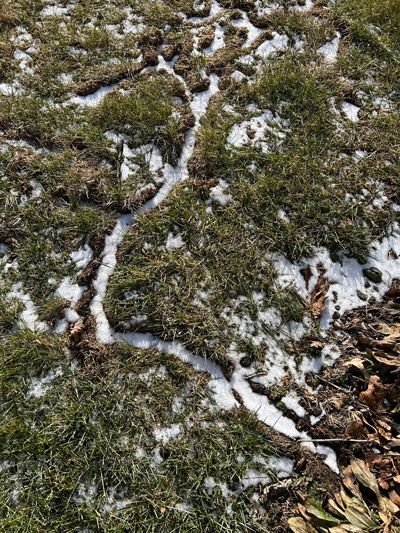
What Do They Eat?
Moles and voles actually have opposite diets. Moles feed primarily on earthworms and grubs, while voles eat exclusively plant based materials such as bulbs, roots, seeds, and bark (Moles=Meat, Voles=Vegetarian). If you are attempting to control these pests with bait, you must select the appropriate bait for the target. A mole will never eat grain based baits, in spite of the fact that there are grain based products to be found at your local hardware store with the word “mole” in their names. This, in my opinion, is consumer fraud at best. The only bait a mole will ever eat is one that simulates an earthworm. Getting a mole to eat a simulated earthworm bait can be tricky, and is often influenced by the amount of live bait that can be found in the feeding area. A mole is not very likely to eat an artificial worm that is placed in a sea of live earthworms and grubs. Mole bait must be carefully placed directly into the tunnel, and the hole then carefully closed or plugged.
Voles on the other hand will sometimes consume grain based bait products. Baits should be placed near the active areas in secured tamper-resistant bait stations in order to prevent consumption by non-target organisms, such as children, pets, squirrels, etc. Placing any type of rodent bait on your property is dangerous to non-target animals, and is probably best left to a pest management professional.
How Do They differ In Appearance?
While there are some similarities and differences in the appearance of these two pests, the answer to this question is irrelevant. Moles do not like open air and very seldom come to the surface, so if you are seeing them scurrying through your lawn, garden, or shrub beds you are almost certainly dealing with voles.
What Does Mole and Vole Damage Look Like?
As stated above, moles do not like to come to the surface. Mole tunnels are found underground, usually right below the roots of your lawn. This creates raised tunnels that feel squishy when you step on them. Moles will also sometimes push soil to the surface, creating mounds of soil in your lawn.
Voles travel on the surface of your lawn, using the same pathways over and over again. This creates ruts in your lawn similar to a game trail in the forest (see the example image above). These ruts are most often prevalent after the winter snow cover has melted. Voles will also tunnel in your mulch, creating a series of holes or connected short tunnels under the mulch, but you can always find areas where they are surfacing as you follow the trails. Voles are also notorious for creating plant damage by eating roots, bark, or bulbs, so if you have damaged plants or bulbs associated with your trails you are again almost certainly dealing with voles.
How Many Are There?
Voles are voracious breeders. A single female vole can produce up to 80 offspring per year, so they are often found to be populating small areas in large numbers. As population pressures increase, the voles will expand their territories by moving into unpopulated or lightly populated areas. Voles are widespread and evidence of vole activity can be found on nearly every property we visit.
Moles typically infest a property at a rate of one mole (or mating pair) per acre of land. A single mole will dig up to a half mile of feeding tunnel, so people are often amazed when we tell them that all of the damage they are finding on their half acre property is likely being caused by one or two moles. Moles are not as widespread in our area as voles. The heaviest mole activity that we have seen is typically associated with nearby wooded areas or farms.
Can Voles or Moles Be Trapped?
Traps can be used to control both moles and voles. Mole traps can be purchased at your local hardware stores or on-line and are probably the best method for controlling moles. Read and follow the directions carefully. If your trap has been in place for more than two days without a catch, try moving the trap to another location. Finding a tunnel that is large enough for your trap to operate within is critical. Once you get a catch, reset the trap near the same spot, but remember you are likely only dealing with one or two moles.
Voles can be trapped using a standard mouse trap. Place the trap so that the trigger is located directly in the path the voles are using. You may be able to trap many voles using this technique. Caution should be exercised when using any mechanical trap, making sure you are not causing injury to non-target organisms.
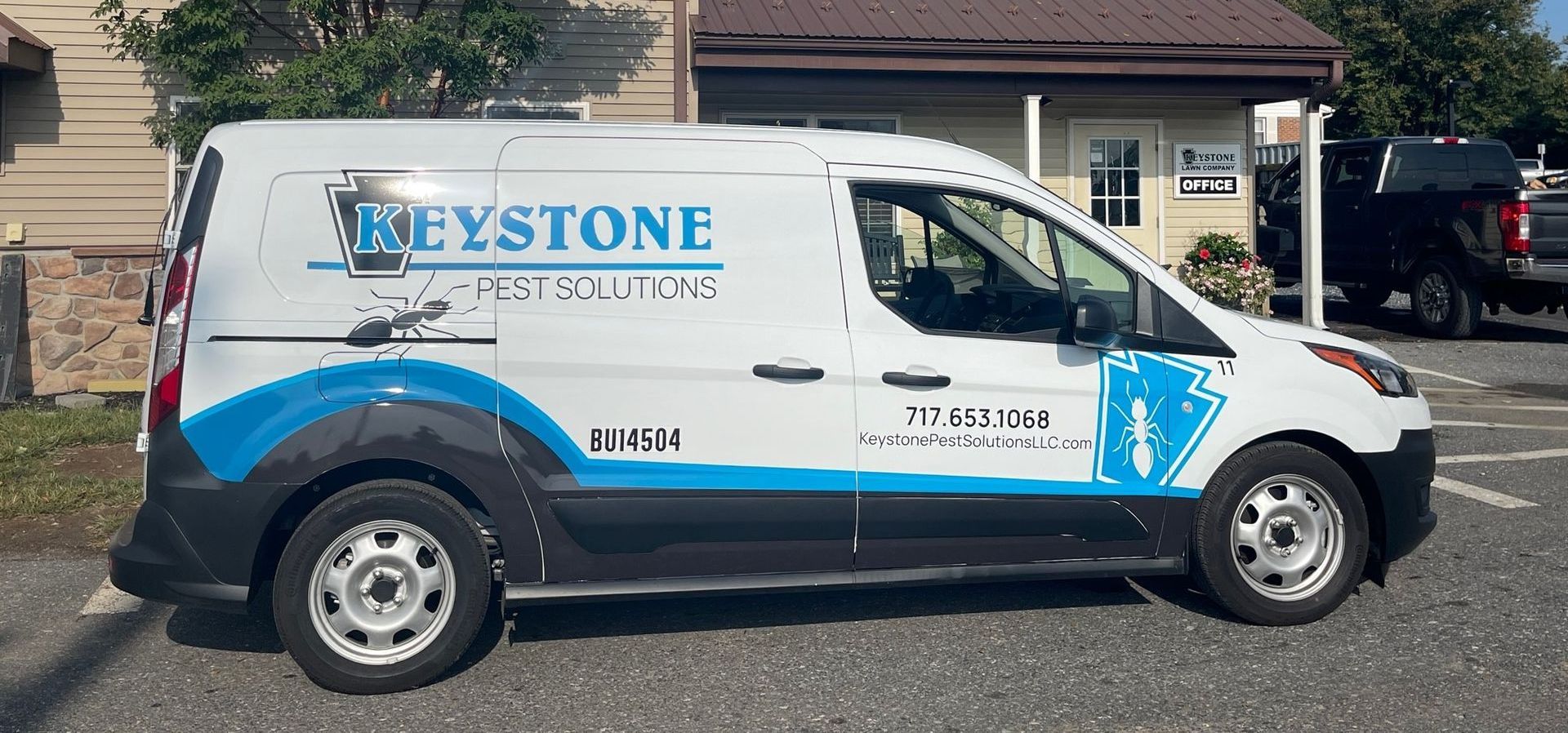
Can I Prevent Moles or Voles From Coming Onto My Property?
The short answer to this question is no. While having grub control service may make your lawn less attractive to moles, and having a yard that is free of harborage areas may make your property less attractive to voles, there is really nothing short of living on an island that will prevent more moles and voles from invading your property once you have dealt with the ones that are currently present. Managing them as they invade your property is really the best you can expect to do. Vole control is included with Keystone Pest Solutions’ quarterly pest control program.
Finding Local Pest Control Services for Lancaster County
Keystone Pest Solutions Quarterly Pest Control program provides comprehensive treatment for all of these pests, established as a premier pest control company in Lancaster, PA. Our pest control services emphasize delivering sustainable, long-term solutions using integrated pest management techniques, all while ensuring a friendly and approachable experience.
Contact us today for a free pest control estimate to evaluate your pest control needs. Our year-long treatment programs are designed to keep your home and business pest free. The winter service focuses primarily on treating these five and other non-climate dependent invaders. Call us today at (717) 653-1068 or complete our online form if you need help with pests. Our technicians can provide immediate support as well as year-long control programs.

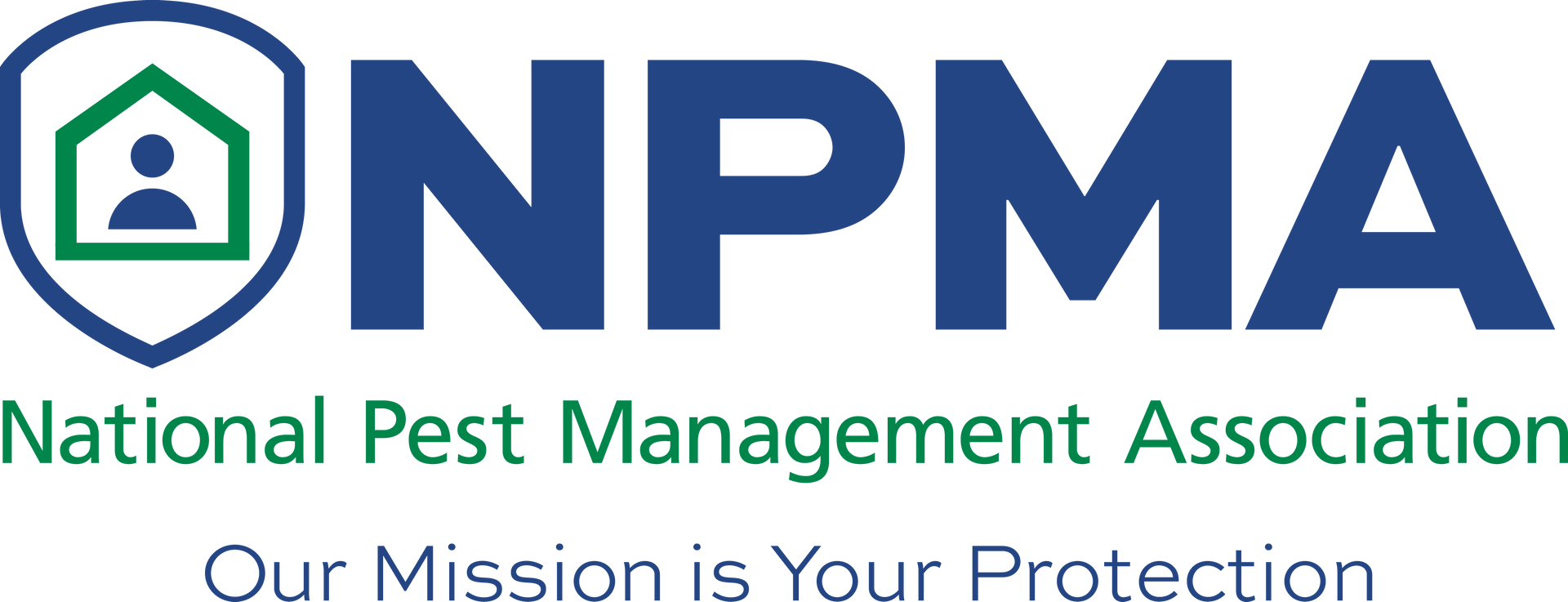


Scan Our QR Code To Easily Leave Us a Google Review. Thank You For Your Support!
All Rights Reserved | Keystone Pest Solutions LLC
Website & Hosting by SovoWeb a division of RedXWebDesign

